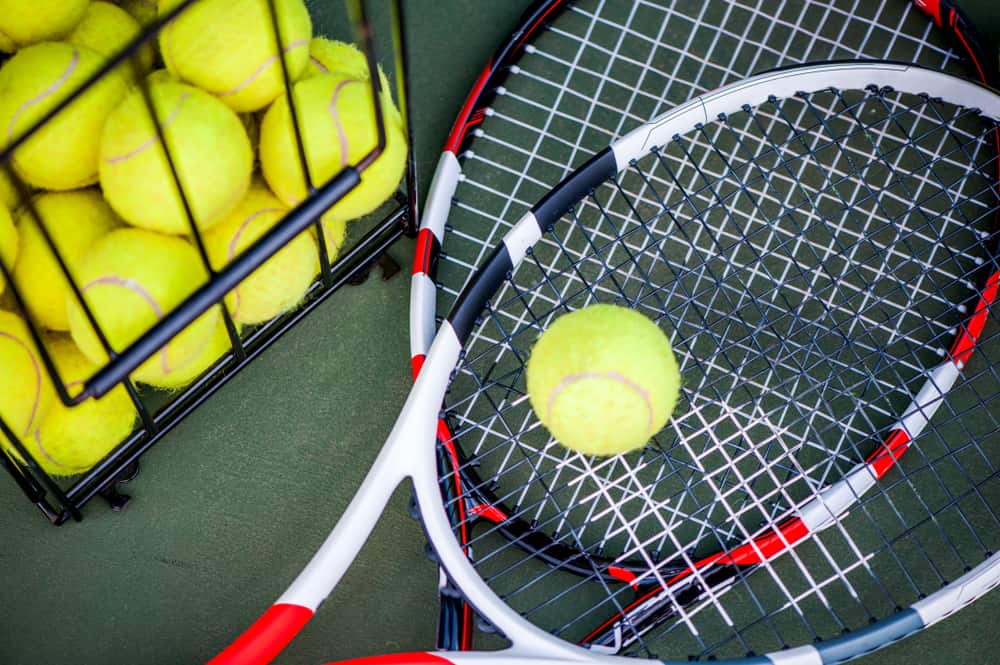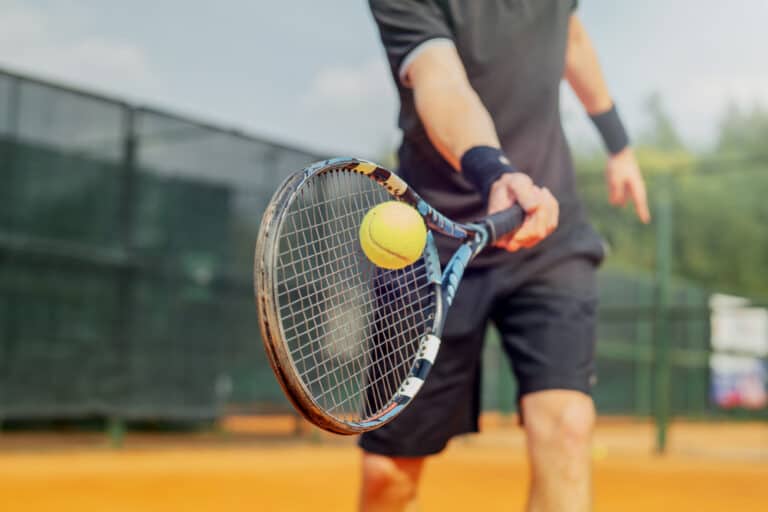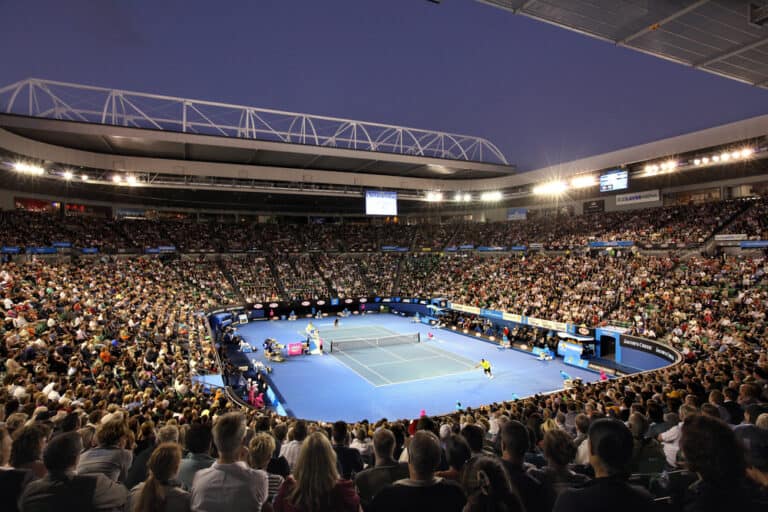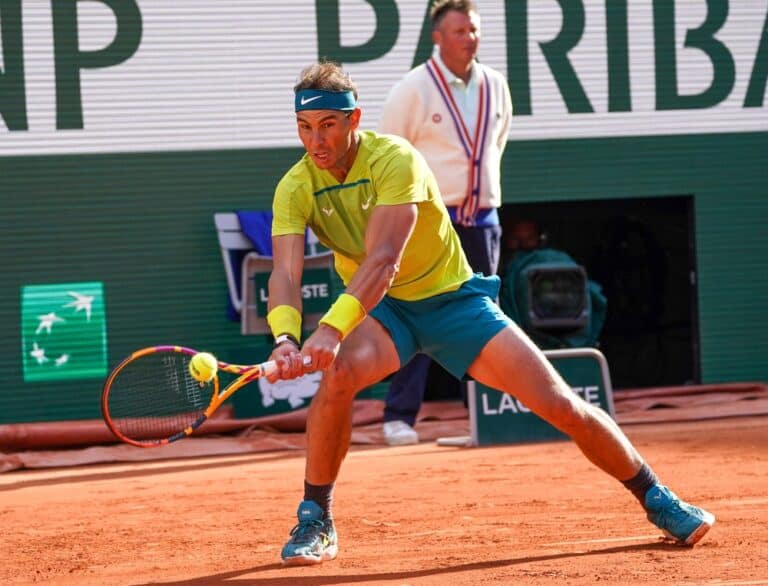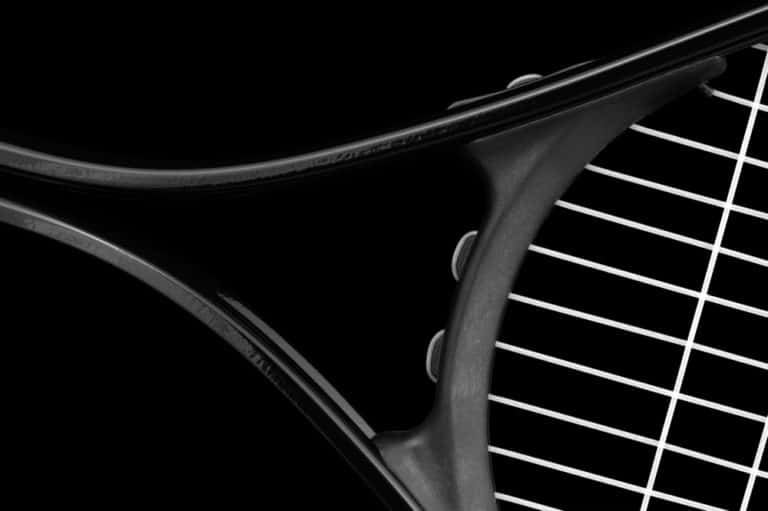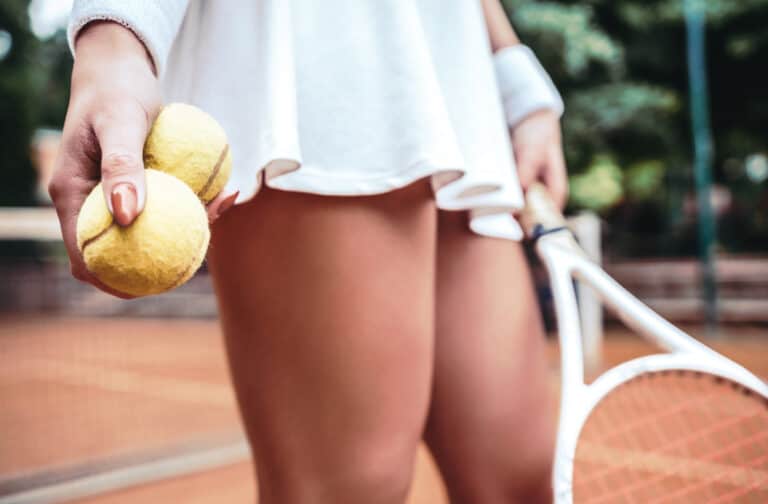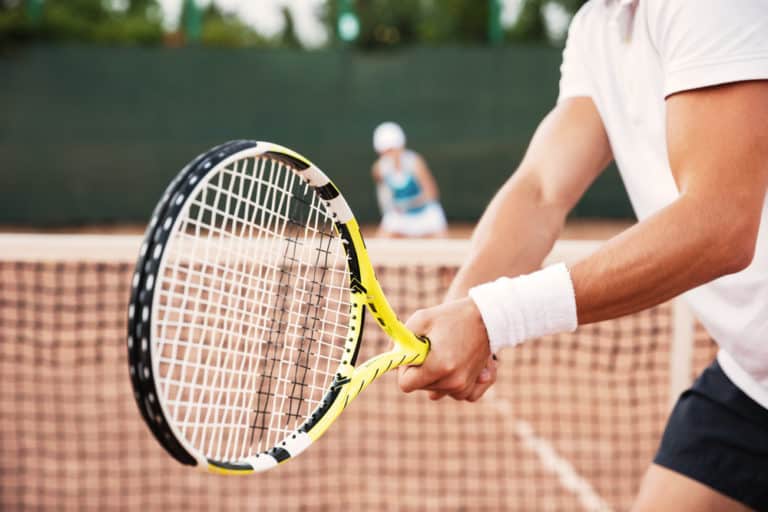Do You Need 2 Tennis Rackets?
Have you ever noticed how all professional tennis players carry a kit bag full of rackets? I often wonder why they need to have like half-a-dozen rackets on game day, even when practicing? Made me wonder if I need 2 tennis rackets or more?
If you’re a player that plays regularly and your game is at a high-level, ideally, you should’ve two rackets in your tennis bag. A second tennis racket comes in handy when you snap a string, break a frame, strings start to lose tension, or when a grip becomes unplayable on the primary racket.
I remember a time when I only had one racket to play with. You never quite expect a string to snap, and when it does, it ruins your day if you don’t have a backup racket. This scenario happened to me before a league match, and I had to borrow a racket from another player. I lost that match and blamed the substitute racket for it!
Why Do I Need 2 Tennis Rackets?
Two rackets are the bare minimum for any serious tennis player, especially if you play multiple times per week. Having a second racket on standby, ready for action, assures you that it’s not a train smash should something happen to your main racket.
Tennis Racket Strings Break
Tennis strings break. Advanced tennis players break a lot of strings due to their aggressive style of play which typically includes lots of power and spin generation. When a tennis string snaps, it loses tension immediately, rendering the racket unplayable.
Having a spare racket on hand ensures that the game can continue should you pop a string. You will hardly notice a professional tennis player snap a string; they will change rackets as soon as they become aware of the possibility of a string snapping or simply when the strings are not performing as they should.
Tennis Racket Frames Can Break
Tennis rackets are not indestructible. If they contact the court at the wrong angle and with enough force, it can crack or break in worse-case scenarios. Nothing worse than actually breaking the frame of your racket.
I managed to break a brand-new Wilson racket when I attempted a kick serve, and it slipped out of my hand – basically throwing the racket into the court. I didn’t own a second racket back then, so the game was stopped, and I left the court officially racket less.
Tennis is a mental game and can invoke a wide range of emotions in players. When some of the emotions are pure frustration and anger, it could lead to some racket smashing. Professional tennis players are all guilty of smashing a racket or two during their careers.
The only exception is Nadal; he smashes records, not rackets. And Federer, as he is a gentleman, on and off the court. But for the rest of us mortals, a racket smash can happen at any given time.
Tennis Strings Loses Tension
When you play an aggressive game, like most players try to do, the tension of your strings will get “looser” as the match progresses. While this loosening of the string tension can lead to more power, it doesn’t help with control.
Some players change their rackets as soon as they feel that the level of control is slipping away. Most players prefer that their additional rackets be strung the same way as their primary racket.
They may have a few rackets strung differently to adapt to the match situation or court conditions on different surfaces. At certain stages of a match, they might feel that they need more power or more control and will take the racket that’s specifically set up for these requirements.
Additional Rackets Have New Grips
Referring back to my serve-smash story, I forgot to add that my overgrip was a bit wet from my hand’s sweat. If I had a second racket in my bag, with a new grip ready to play, I wouldn’t have ended up with no racket at the end of that specific day.
Humidity can play a role in destroying an overgrip, as sweat and friction can wear the grip out quite quickly. Having extra rackets available solves this problem immediately. As soon as you feel that your grip on the racket’s handle is not as it should be, switch out the racket for one with a new grip.
Additional Racket Can Be Setup Differently
Your “spare” racket(s) can be set up differently from your main racket regarding string tension and weight. When you are a junior player, coaches will advise you to play with a light racket, and as your game and your body grow, steadily make your way up to heavier rackets.
A heavier racket absorbs more shock on impact, causing less impact on the player’s arm. Heavier rackets are more stable and solid when returning powerful, fast shots (like a big serve), whereas playing with a lighter racket against fast shots may feel shaky and unreliable.
Choosing a heavier racket as one of your backup rackets will help you when you face a big-hitter, should your main racket feel powerless in returning the balls. A lighter racket gives you more maneuverability at the net, but you will have to create most of the power yourself when playing from the baseline.
While most beginner tennis players start off with a low-tension string setup, this can change to a higher tension as you start generating your own power. Professional tennis players will have several strategies going into a match; typically, their rackets will be strung according to these strategies.
Some of their rackets will be strung lower to give the swing more power, while others will be strung higher to allow for more control. Depending on the match situation, a player may want to change to a different string setup, and having different options at your disposal when a change is needed in how you want to play, can be essential to the outcome of a match.
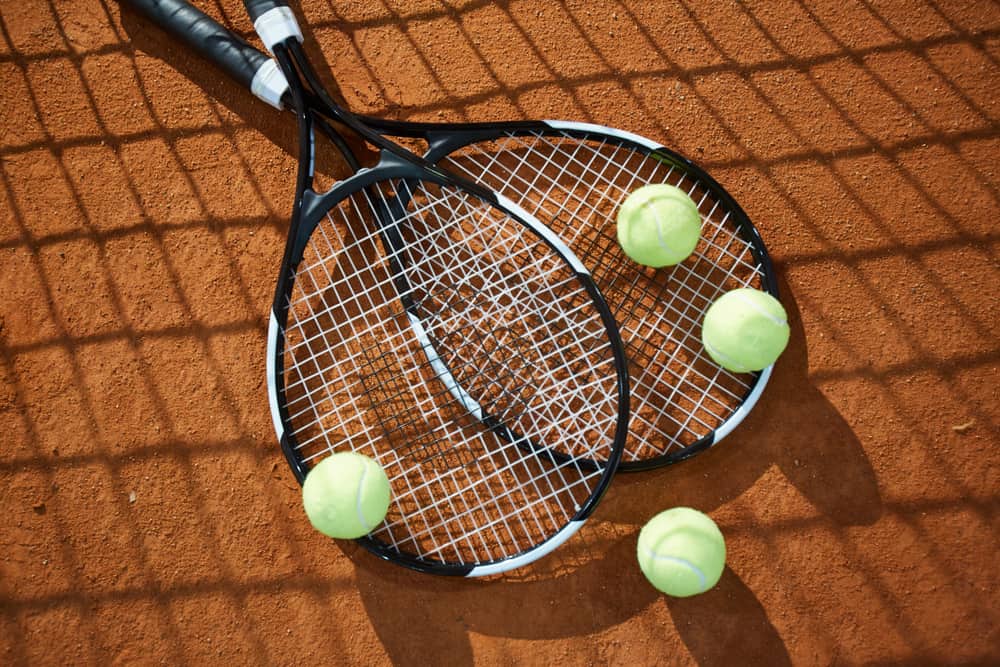
How Many Rackets Should You Own?
My advice is to get yourself a spare racket immediately. A string can snap at any time, and usually, it happens when you are playing some of your best tennis. If you are a beginner or very new to the game, you will get away with owning one racket only. Your game will not be one of constantly snapping strings just yet.
If you are an intermediate player who consistently plays three to four times a week, and you add a lot of spin to your shots, then owning two rackets becomes unnegotiable. Cover yourself in the event of a string snapping or a grip wearing out, with the benefit of having a ready-to-go replacement in your tennis bag.
If you are an advanced player or playing daily, then it’s recommended that you have three rackets in your tennis bag.
Conclusion
Suppose you want to enjoy yourself without worry while on the tennis court. Ensure that you have at least one fully functional backup racket in your kit bag. Should a string snap, the game can continue without any problem.
Two’s better than one when it comes to tennis rackets.
References
- https://www.quora.com/How-and-when-should-someone-buy-their-SECOND-tennis-racquet
- https://www.reddit.com/r/tennis/comments/c1qu9d/how_many_racquets_should_a_tennis_player_have/
- https://www.quora.com/Why-do-tennis-players-change-so-many-rackets-in-a-match
- https://tennispredict.com/why-do-tennis-players-have-so-many-racquets/
- https://www.sportsver.com/why-do-tennis-players-have-so-many-racquets/
- https://www.usta.com/en/home/improve/gear-up/national/when-is-it-time-for-a-new-tennis-racquet.html

